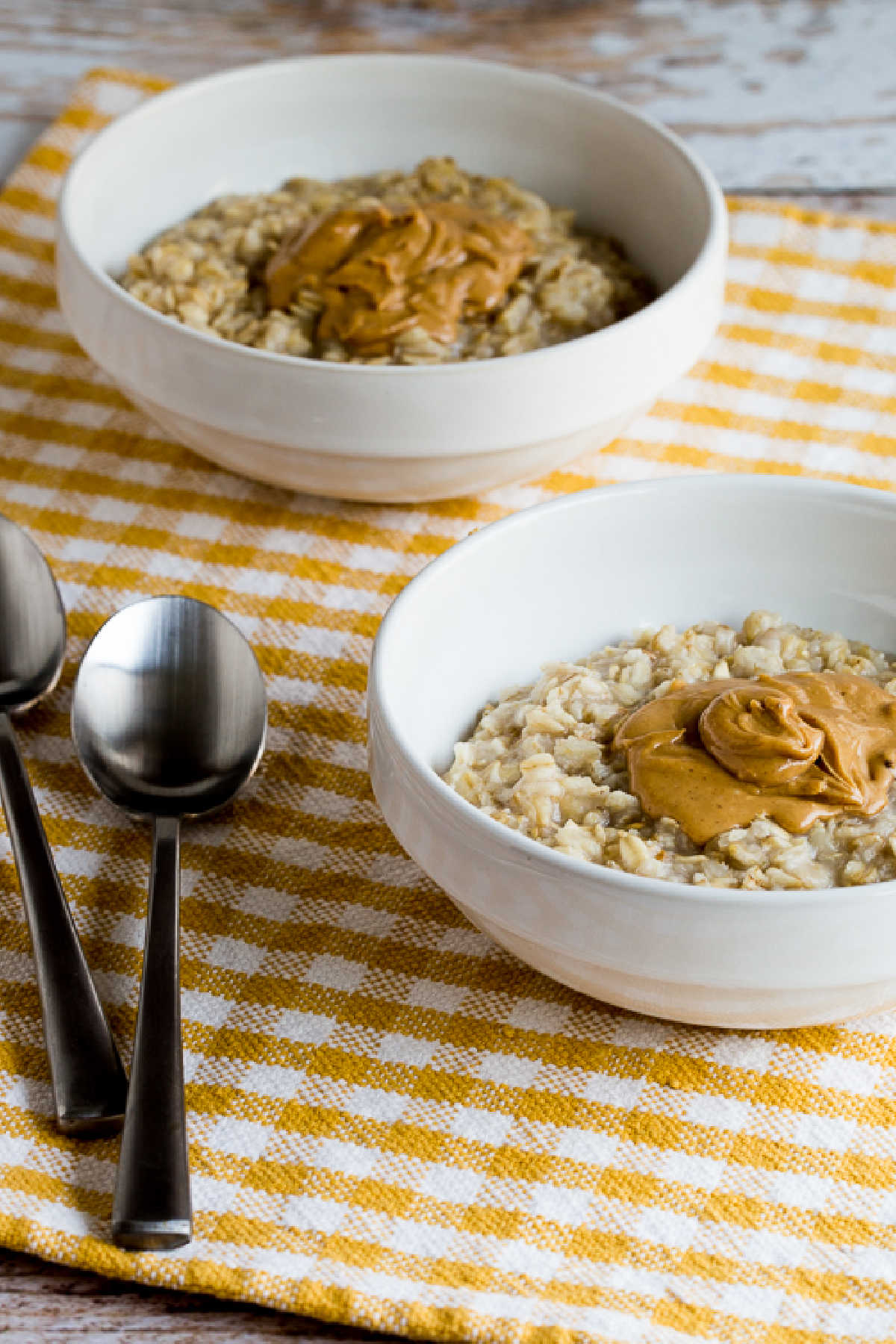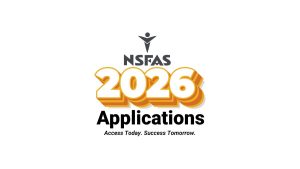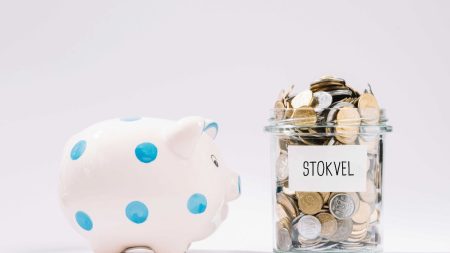In South Africa, eating healthily is become more difficult as food costs keep rising while salaries remain stagnant. It frequently seems unattainable for those receiving SASSA handouts or having low incomes to strike a balance between affordability and health. The difficulty is significantly more severe for those who have diabetes. Cheap meals frequently include high-carbohydrate items that raise blood sugar levels and raise long-term health hazards, such as white bread or sugary drinks.
However, it is feasible to eat healthily on a budget. You can make diabetes-friendly meals for less than R50 with a little preparation and astute purchasing, using products from commonplace retailers like Shoprite, Boxer, Usave, and Pick n Pay.
For South Africans on a low budget, this handbook provides easy, inexpensive, and realistic recipes. Every meal plan is realistic, culturally appropriate, and priced to account for October 2025 grocery prices.
Important Disclaimer
This article is for information purposes only. It is not medical advice. Everyone’s health is different, and diabetes needs careful management. If you have diabetes, or think you may have it, please visit your local clinic, doctor, or healthcare worker before making changes to your diet. Always follow the advice given by a qualified medical professional.
Understanding Diabetes-Friendly Eating
Before diving into recipes, it’s important to know what “diabetes-friendly” means. A diabetes-friendly meal helps keep blood sugar levels stable. That usually means:
Low sugar, high fibre: Foods like beans, oats, and vegetables release energy slowly.
Balanced meals: Mixing protein, healthy fats, and complex carbohydrates to avoid sugar spikes.
Low-GI foods: Brown rice, whole wheat bread, and non-starchy vegetables keep blood sugar stable.
Affordable staples to focus on:
Beans and lentils: Cheap, filling, and full of fibre.
Oats: A healthy breakfast base, affordable in bulk.
Eggs: High-quality protein, quick to cook.
Spinach, cabbage, carrots: Local vegetables with fibre and nutrients.
Tinned pilchards: A South African favourite, affordable, and rich in omega-3.
Foods to limit:
White bread, sugary drinks, and sweets.
Refined starches like white rice in large amounts.
Processed snacks that look cheap but don’t provide nutrition.
Five Affordable Diabetes-Friendly Meals Under R50
These five meals are based on local prices and can all be cooked at home with basic kitchen tools. Each is simple, nutritious, and priced to fit into a small budget.
1. Oats & Peanut Butter Breakfast Bowl
Serves: 2
Total Cost: ~R25 (R12.50 per serving)
Carbs: ~35g per serving
Ingredients:
Rolled oats (1 cup, ~R3)
Water or unsweetened milk (~R2)
Peanut butter, sugar-free (2 tbsp, ~R4)
1 banana, sliced (~R2)
Cinnamon (~R1)
Optional: Chia seeds/nuts (~R10 portion)
Instructions:
Cook oats with water until soft. Mix in peanut butter. Top with banana slices, cinnamon, and seeds/nuts if available.
Why it works: Oats have soluble fibre that slows glucose release, while peanut butter and chia seeds add protein and healthy fats.

2. Pilchards with Cabbage & Maize Meal
Serves: 2
Total Cost: ~R28 (R14 per serving)
Carbs: ~40g per serving
Ingredients:
1 tin pilchards in water (~R22)
½ cabbage (~R5)
Maize meal (1 cup, ~R2)
Onion (~R1), spices, salt, oil (~R2)
Instructions:
Cook pap as usual. Sauté onion, add shredded cabbage and spices, then stir in pilchards. Serve over pap.
Why it works: The protein from fish plus cabbage fibre balances the starch in pap, creating a filling and stable meal.
3. Egg & Vegetable Scramble with Brown Bread
Serves: 2
Total Cost: ~R22 (R11 per serving)
Carbs: ~30g per serving
Ingredients:
4 eggs (~R8)
Spinach (~R3)
Cherry tomatoes (~R4)
Bell pepper (~R3)
Onion (~R1)
2 slices whole wheat bread (~R3)
Instructions:
Fry onion and peppers in a little oil, add spinach and tomatoes, then pour in beaten eggs. Stir gently. Serve with toasted bread.
Why it works: High in protein, low in carbs, and packed with vegetables for fibre.

4. Bean & Spinach Stew with Rice
Serves: 2
Total Cost: ~R26 (R13 per serving)
Carbs: ~45g per serving
Ingredients:
1 can beans (~R15)
Spinach (~R3)
Brown rice (½ cup dry, ~R3)
Tomato (~R2), onion (~R1), garlic/spices (~R2)
Instructions:
Cook rice separately. In a pot, fry onion, garlic, and tomato. Add beans and spices, simmer. Stir in spinach at the end. Serve with rice.
Why it works: Beans provide protein and fibre, rice adds controlled carbs, and spinach boosts vitamins.

5. Chicken Neck Soup with Mixed Veg
Serves: 2
Total Cost: ~R35 (R17.50 per serving)
Carbs: ~20g per serving
Ingredients:
Chicken necks (500g, ~R20)
Mixed vegetables (~R8)
Onion (~R1), garlic (~R1), herbs (~R2)
Water, oil, seasoning (~R3)
Instructions:
Brown chicken necks in a pot, remove. Fry onion and garlic. Add water, chicken, herbs, and simmer. Add chopped vegetables, cook until tender.
Why it works: Low in carbs, high in protein, perfect for blood sugar control.

Quick Diabetes & Budget Tips
1. Watch the starch (pap, rice, bread)
Try to keep starch (pap, rice, bread) to about 1 cup cooked rice/pap or 2 slices of brown bread per meal. Too much starch makes blood sugar go up fast. If you are still hungry, eat more cabbage, spinach, or beans instead.
2. Eat meat, fish, or eggs first
Always eat your protein (meat, chicken, fish, eggs, beans) before you eat pap, bread, or rice. This helps your body control sugar better and makes you feel full longer.
3. Add more veggies and beans
Vegetables like cabbage, spinach, carrots and beans are cheap and filling. They also keep sugar steady. Try to make half your plate veggies or beans and the rest pap/rice and protein.
4. Cook extra and save
When you cook, make more food than you need. Put some in the fridge or freezer for another day. Example: Cook a big pot of beans or chicken soup on Sunday. Eat some now and save the rest for the week. This saves money, time, and stops waste.
5. Use cheap spices for taste
Healthy food does not mean boring food. Instead of buying sauces or sweets:
Use garlic, onion, or chili for flavour.
A bit of curry powder or paprika makes pap and beans taste great.
Fresh herbs like parsley can also be frozen and used later.
6. Buy bigger packs to save
If you can, buy food in big bags or boxes. For example:
A 5kg maize meal bag is cheaper per kg than a 1kg bag.
A 2kg bag of rice is cheaper than 500g packs.
Dry beans are cheaper than tinned beans (soak overnight before cooking).
If it’s too much for one family, share the cost with a neighbour or friend.
Smart Shopping Tips for Diabetic-Friendly Eating
1. Buy house brands
Supermarkets like Shoprite (Ritebrand), Pick n Pay (No Name), and Boxer (Boxer Basics) all sell their own cheaper “house brand” versions of foods. These products are usually the same quality as the big brands but cost 10–20% less. For example:
Ritebrand oats cost about R25 for 500g, while a big brand can be R35–R40.
No Name canned beans are R2–R4 cheaper than branded beans.
Over a month, choosing house brands instead of name brands can save you R100–R200, which adds up to more meals.
2. Compare per kilogram prices
When shopping, always check the price per kg or per litre (printed on the shelf labels). Sometimes a smaller pack looks cheaper, but the bigger pack gives more for your money.
A 1kg rice bag may be R22, while a 2kg bag is R35. That’s a saving of about R9.
A 5kg bag of maize meal is usually R80, while five separate 1kg bags can cost R100–R120.
If you can’t afford the big pack alone, share with a neighbour, family member, or friend.
3. Buy frozen vegetables when possible
Frozen spinach, peas, carrots, or mixed veg are often cheaper than fresh, especially when the fresh ones are out of season. They also last months in the freezer without spoiling. For example:
A bag of frozen mixed veg (1kg) costs about R40 and can make 4–5 meals.
Fresh spinach may cost R10 a bunch but goes bad in 3–4 days.
Buying frozen means less waste, and you always have vegetables ready to add to pap, rice, or soup.
4. Avoid “sugar-free” marketing traps
Supermarkets sell lots of expensive “sugar-free” biscuits, cooldrinks, and sweets. These products are often overpriced and not always healthier. They may still raise blood sugar or add unhealthy fats. Instead:
Drink water, black tea, or rooibos instead of diet sodas.
Snack on peanuts, boiled eggs, or a carrot instead of “diabetic biscuits”.
Choose whole foods—beans, oats, eggs, and pilchards—which are naturally diabetes-friendly and much cheaper.
5. Choose seasonal produce
Vegetables and fruits are cheapest and healthiest when they are in season. In South Africa, spinach, cabbage, carrots, pumpkin, and bananas are available almost all year at low prices. Buying seasonal produce saves 10–20% compared to out-of-season items.
For example, cabbage in season can cost as little as R10 each, enough for several meals.
Out-of-season fruit like grapes can cost R50–R70 per kg, which is not budget-friendly.
Plan meals around what is in season and on special. Check weekly store pamphlets for deals at Shoprite, Boxer, or Pick n Pay.
Also check: Top 5 Usave Deals Under R50 You Can’t Miss
Weekly Budget Plan Example (R250–R300/week)
Here’s how a family can plan meals across 7 days, averaging R40 per meal:
| Day | Breakfast | Lunch | Dinner |
|---|---|---|---|
| Mon | Oats & Peanut Butter | Egg Scramble | Pilchards & Cabbage |
| Tue | Oats & Banana | Bean Stew | Chicken Soup |
| Wed | Brown Bread + Peanut Butter | Egg Scramble | Pilchards & Cabbage |
| Thu | Oats with Cinnamon | Bean Stew | Chicken Soup |
| Fri | Oats & Peanut Butter | Egg Scramble | Pilchards & Cabbage |
| Sat | Oats & Banana | Bean Stew | Chicken Soup |
| Sun | Oats & Peanut Butter | Egg Scramble | Bean Stew |
This plan provides variety, keeps meals under R50, and balances carbs, proteins, and vegetables.
Frequently Asked Questions (FAQ)
1. Can I eat pap if I have diabetes?
Yes, you can. But keep your portion small—about 1 cup cooked—and always eat it with vegetables and protein like beans, fish, or chicken.
2. Is brown bread better than white bread for diabetes?
Yes. Brown bread has more fibre and keeps sugar steady for longer. White bread spikes blood sugar quickly.
3. What are the cheapest proteins for diabetes-friendly meals?
Eggs, beans, lentils, tinned pilchards, and chicken necks are affordable options that fit well into a diabetic diet.
4. Can I still drink tea or coffee with diabetes?
Yes. Drink them without sugar or use a sugar substitute. Adding milk is fine, but avoid condensed milk or sweeteners with calories.
5. Are fruits safe for diabetes?
Yes, but eat small portions. Stick to 1 fruit at a time, such as an apple, orange, or banana. Avoid fruit juices, which are high in sugar.
6. What cheap snacks can I eat between meals?
Good options are peanuts, boiled eggs, cucumber slices, carrots, or a small apple. Avoid chips, sweets, and biscuits.
7. Is cooking oil bad for diabetes?
Use small amounts of oil, like sunflower or olive oil, for cooking. Too much oil can cause weight gain, which makes diabetes harder to manage.
8. How can I stop feeling hungry after small meals?
Add more vegetables and beans. They are high in fibre and keep you full without raising blood sugar too much.
9. Can I drink cooldrinks or energy drinks if I have diabetes?
No. They are full of sugar and cause blood sugar to rise very fast. Rather drink water, sugar-free tea, or diluted sugar-free juice.
10. How do I shop smart when I only have a small budget?
Plan meals before shopping, buy bulk when possible, choose store brands, and avoid buying unnecessary snacks or processed foods.
Read more: What You Cannot Buy With Your SASSA Card (October 2025)
Living with diabetes on a small income is not easy, but it is possible to eat well on a tight budget. Switching from white to brown bread, adding beans to meals, or using more spinach may seem small—but these choices protect your health long-term.
Managing diabetes is about balance, not perfection. By planning ahead, buying wisely, and focusing on simple whole foods, you can stretch every rand and stay in control of your health.
Also check: Budget Food Basket: Feed Your Family for Under R500
Keep your receipts, track your spending, and remind yourself: every smart meal choice is an investment in your future.










